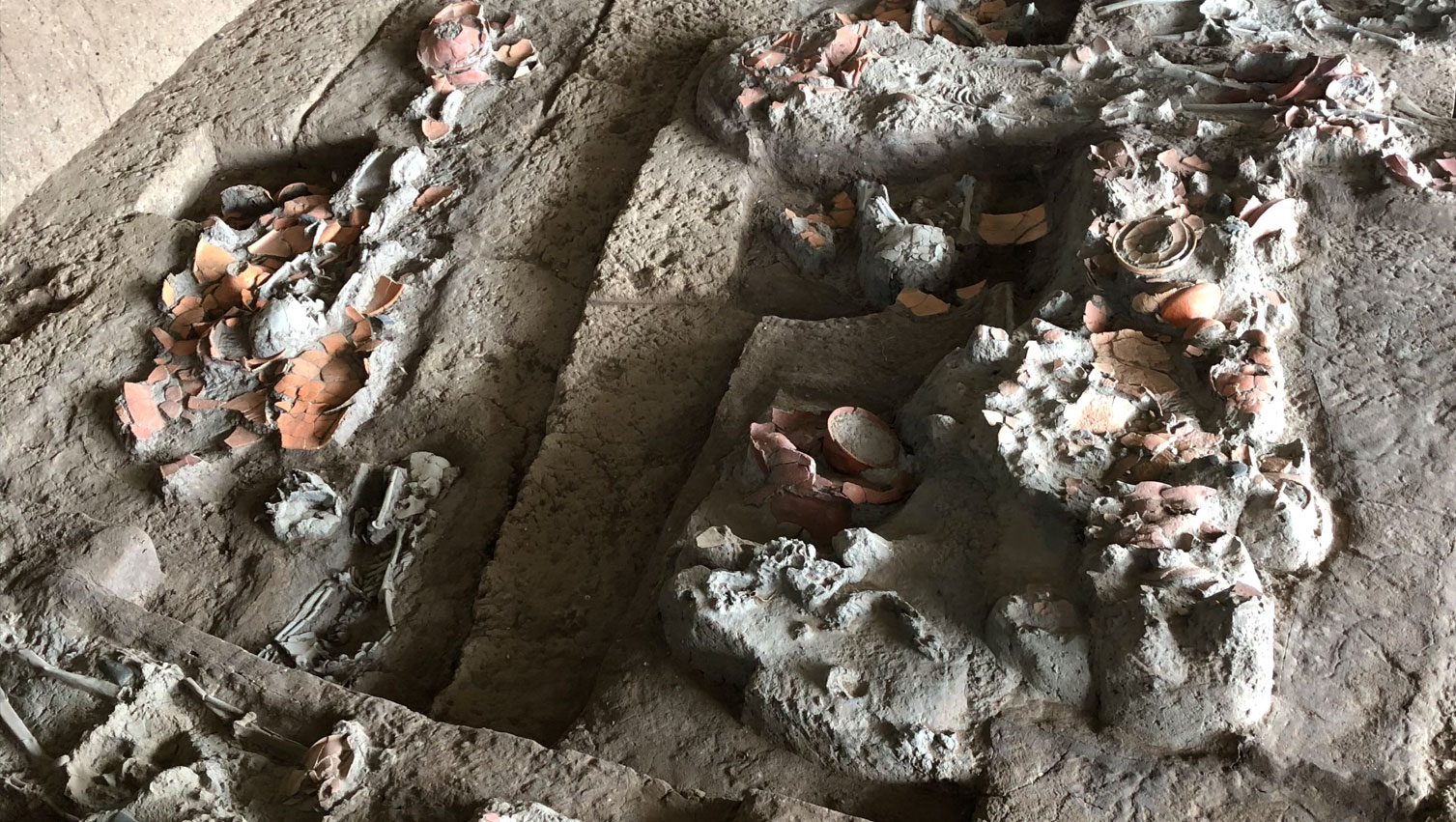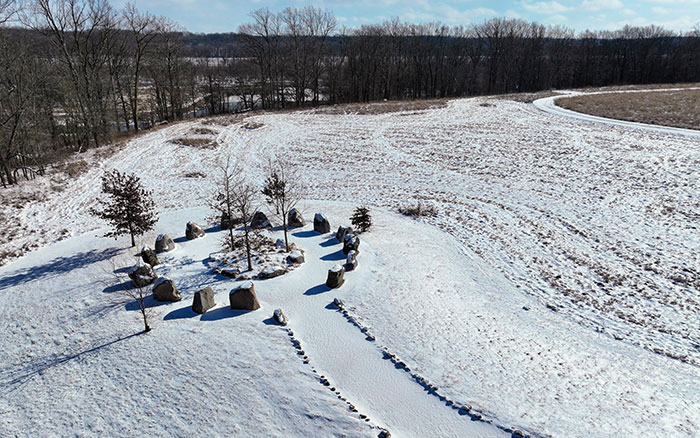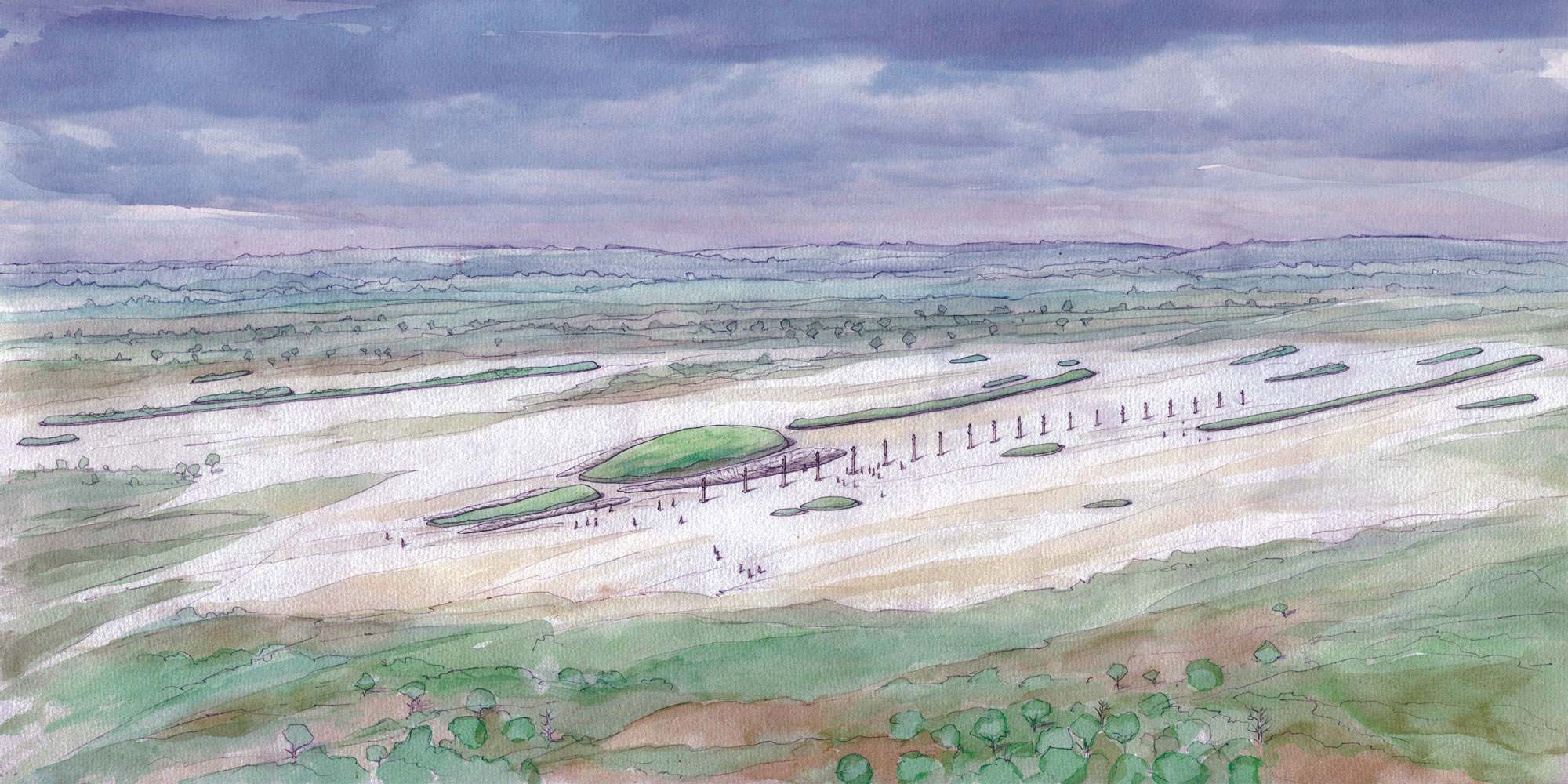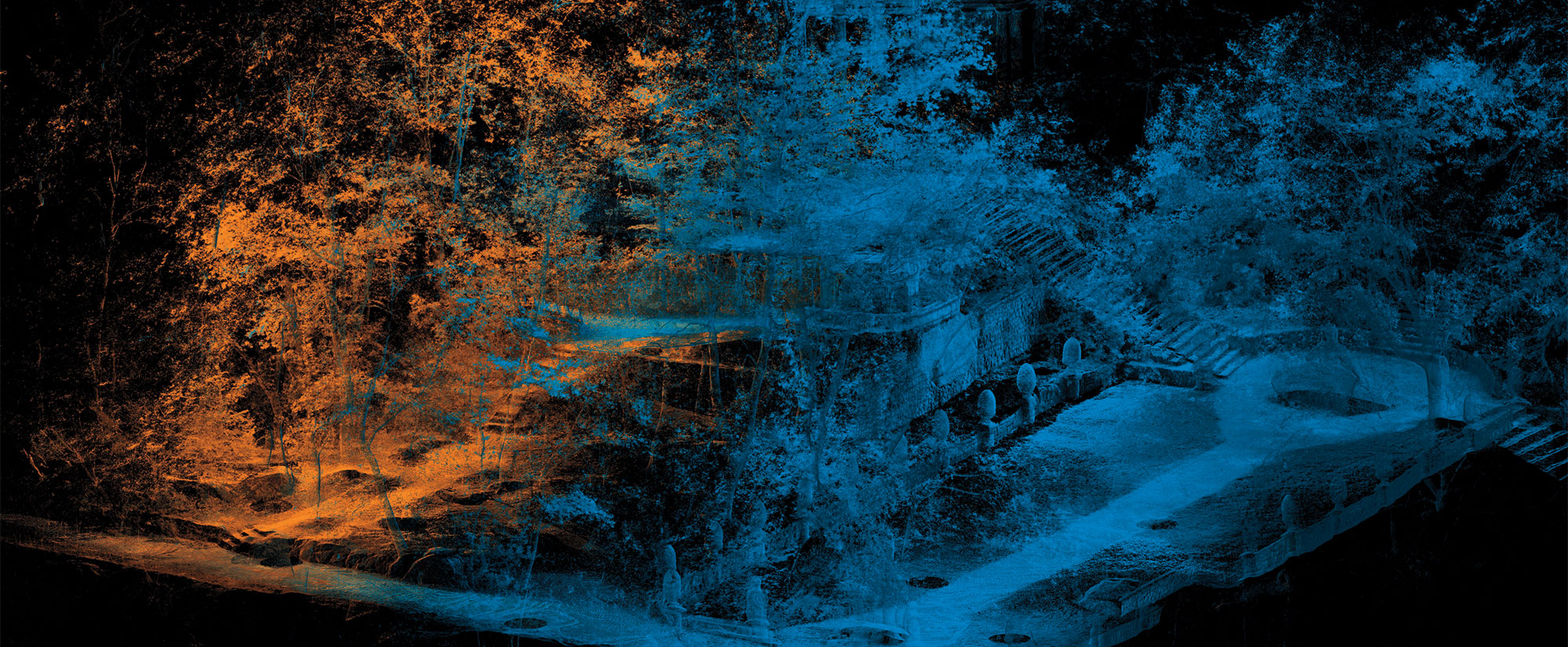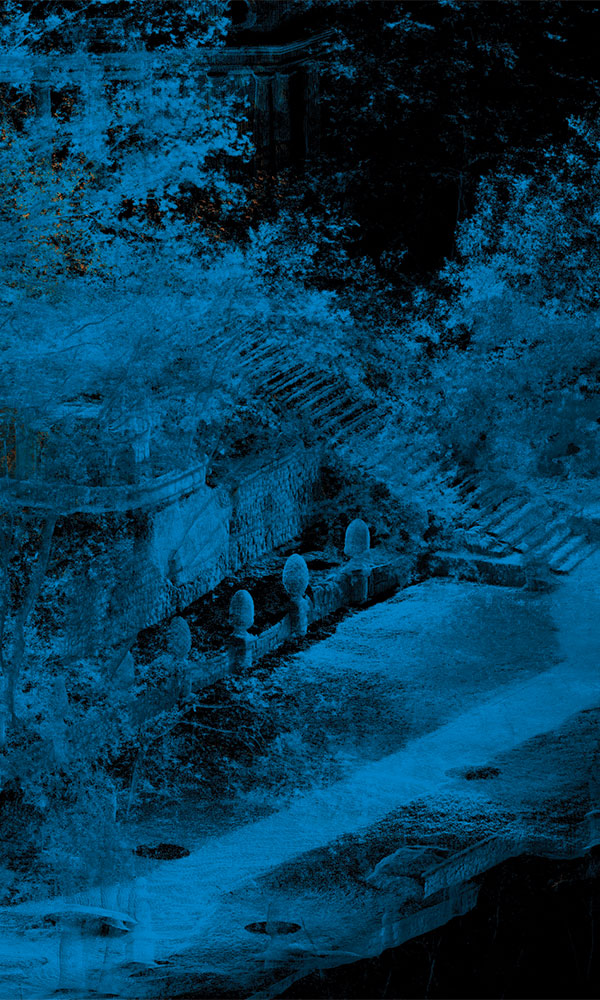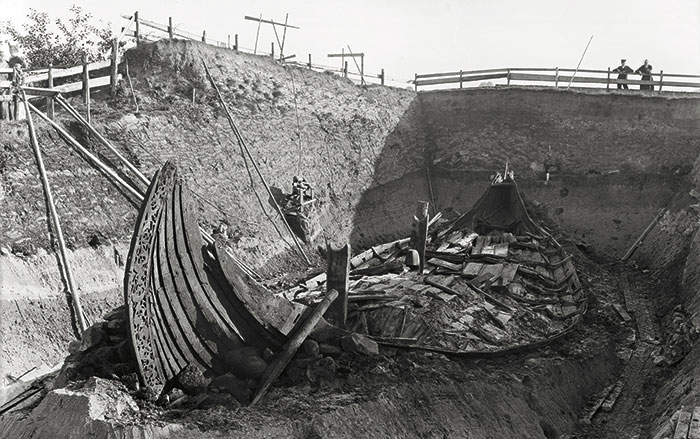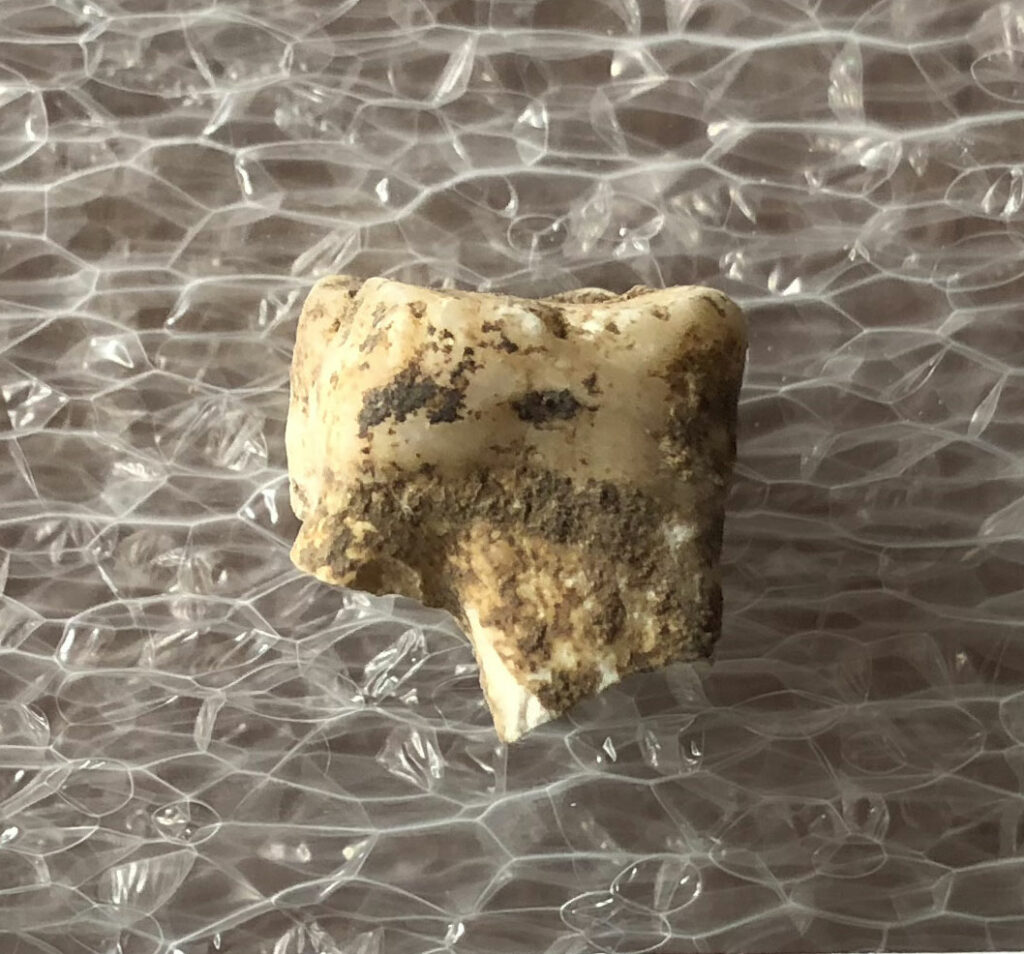
NONG RATCHAWAT, THAILAND—Chewing betel nuts is a popular custom today for millions of people, especially in Asian and Pacific cultures. The seeds of the areca palm have psychoactive properties that enhance the consumer’s alertness, energy, euphoria, and relaxation. Scientists recently used advanced scientific techniques to determine that this practice has been part of Thai communities' way of life for millennia, according to a statement released by Frontiers. An international team of researchers collected and analyzed 36 dental calculus samples from six individuals buried in a Bronze Age cemetery at the site of Nong Ratchawat in central Thailand. They detected traces of arecoline and arecaidine—organic compounds found in betel nuts—in three of the archaeological samples, all stemming from a molar of the same individual. The experts suggest that betel nuts were likely chewed as early as 4,000 years ago in parts of Thailand, the earliest known evidence of this habit in Southeast Asia. “We demonstrate that dental calculus can preserve chemical signatures of psychoactive plant use for millennia, even when conventional archaeological evidence is completely absent,” said researcher Shannon Tushingham, an associate curator of anthropology at the California Academy of Sciences. “In essence, we’ve developed a way to make the invisible visible—revealing behaviors and practices that have been lost to time for 4,000 years.” Read the original scholarly article about this research in Frontiers in Environmental Archaeology. To read about ancient microbial DNA derived from dental calculus, go to "Worlds Within Us."


